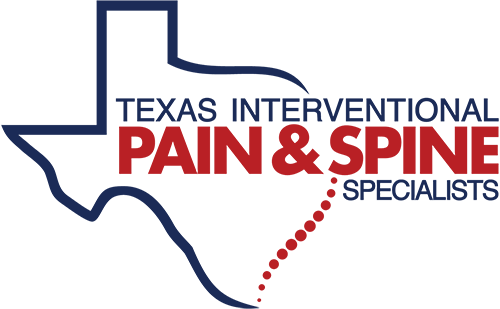What Is the Treatment for Fibromyalgia Pain?

Do you suffer from fibromyalgia pain? If so, you’re not alone. Fibromyalgia is a chronic condition affecting millions worldwide and can cause widespread pain, fatigue, and other debilitating symptoms. Unfortunately, there is currently no known cure, But the good news is that fibromyalgia treatments are available to help reduce the pain and other symptoms associated with the condition. We’ll excavate the various options, from medications to lifestyle modifications.
So if you have Fibromyalgia, read on to learn more about what can help you find relief and start living a healthier, more comfortable life.
What is Fibromyalgia?
Chronic Fibromyalgia is characterized by widespread pain and exhaustion, affecting an estimated 10 million people in the United States alone. It is not well understood but is believed to be caused by genetic, environmental, and psychological factors. Symptoms can vary in severity but typically include widespread pain, fatigue, sleep disturbances, and cognitive difficulties.
What are the Symptoms?
Widespread musculoskeletal pain in all four body quadrants is the main sign. This discomfort, frequently described as a dull ache, may also be accompanied by other symptoms like stiffness, exhaustion, headaches, and trouble falling asleep. Common symptoms include irritable bowel syndrome (IBS), depression, and anxiety.
Treatment:
Fibromyalgia is a chronic condition that can cause widespread body pain and fatigue. Even though there is no cure, some treatments can help with symptom relief and quality of life. Texas Pain Physicians offer a range of treatments.
Medication
Medication is frequently the first line of defense in the treatment. Commonly prescribed medications include:
- Non-steroidal Anti-Inflammatory Drugs (NSAIDs) – These drugs reduce inflammation and can help relieve pain.
- Antidepressants – These drugs can help to reduce symptoms of depression, which is common in people.
- Anticonvulsants – These drugs can help reduce muscle spasms’ severity.
- Muscle Relaxers – These drugs help to relax tense muscles and can help to reduce pain.
Physical Therapy
Physical therapy can be beneficial in managing fibromyalgia pain and fatigue. Common treatments Include:
- Massage – Massage can help to reduce tension, improve circulation, and relieve pain.
- Stretching – Stretching helps to improve flexibility and reduce stiffness.
- Heat and Cold Therapy – Applying heat or cold can help to cut down pain and inflammation.
Cognitive-Behavioral Therapy (CBT)
CBT is a therapy that can support changing a person’s thoughts and actions. It can help to reduce symptoms and improve quality of life. Commonly used strategies include
- Understanding the Mind-Body Connection helps better understand how thoughts and feelings can affect physical symptoms.
- Identifying Unhelpful Thinking Patterns – This helps to identify negative thought patterns, such as catastrophizing, that can worsen symptoms.
- Constructing New Coping Strategies – This helps to develop new, healthier ways of thinking and to respond to stress.
Exercise
Regular exercise can be beneficial and helps to improve strength, flexibility, and stamina, and it also releases endorphins. Benefits of exercise include:
- Improved Function – Exercise can help to improve mobility and daily functioning.
- Reduced Pain – Exercise helps to reduce pain by releasing endorphins.
- Types of Exercise – Finding activities suitable for your needs is essential. Low-impact activities such as walking, yoga, and swimming are often recommended.
Complementary Therapies
These therapies can help to improve sleep and reduce stress. Commonly used medicines include
- Acupuncture – An ancient Chinese treatment that involves the insertion of skinny needles at specific points on the body. It can help to reduce pain and improve sleep.
- Aromatherapy- It involves using essential oils to promote relaxation and reduce stress.
- Yoga – This involves the practice of postures and breathing exercises to improve physical and mental well-being.
What new treatments are in development?
Researchers are pursuing promising new treatments and medications to help manage Fibromyalgia and chronic pain. Participating in clinical trials can provide invaluable information to researchers and help advance treatments and medicines for this condition. If you’re interested in participating, visit Center Watch for a clinical trial near you. Texas Pain Physicians can also provide the latest information and treatments for Fibromyalgia pain management. Start your journey towards a better quality of life today.
Conclusion
It’s essential to understand all of your options. Medications, lifestyle changes, and professional support can help you manage your pain and live comfortably. New treatments are constantly being developed, and participating in clinical trials can provide researchers with invaluable information. At Texas Pain Physicians, we’re dedicated to helping you find the best treatment plan for your Fibromyalgia pain.
